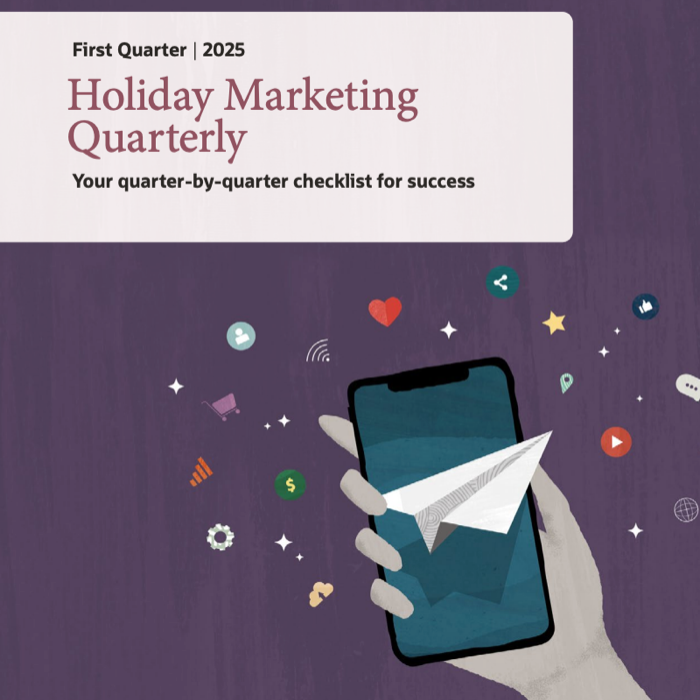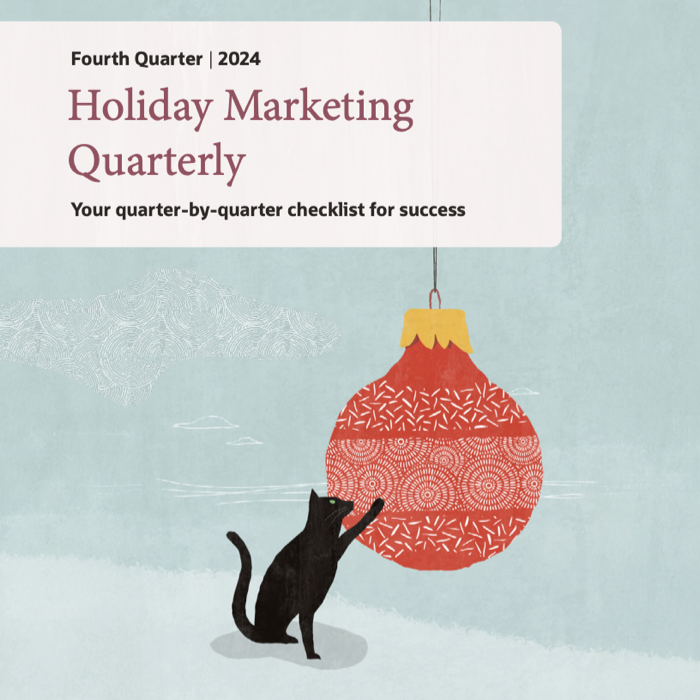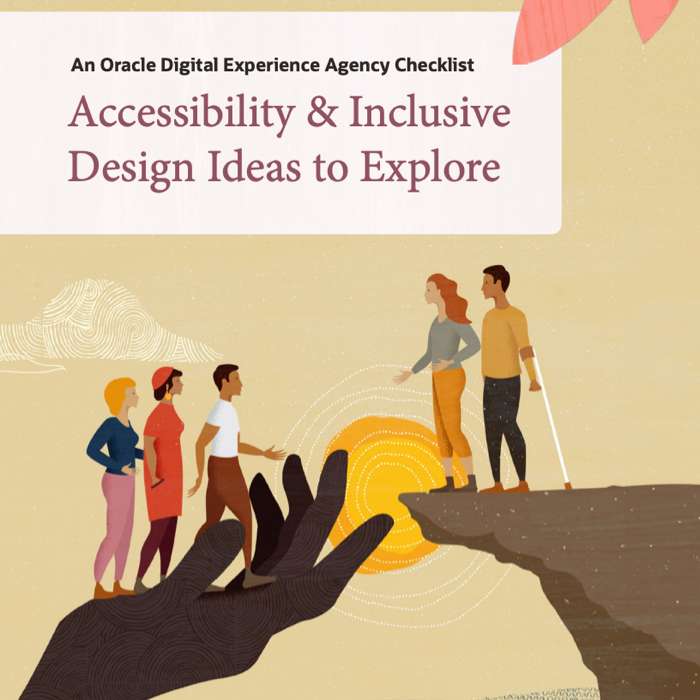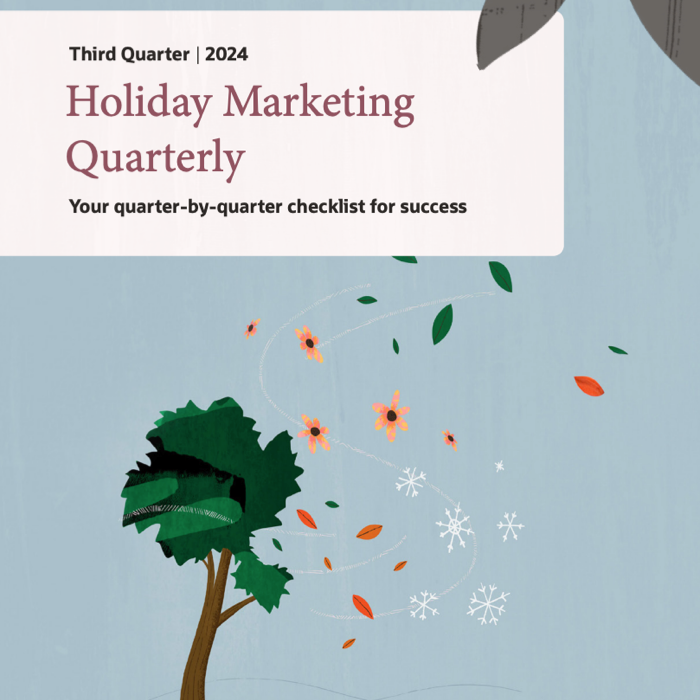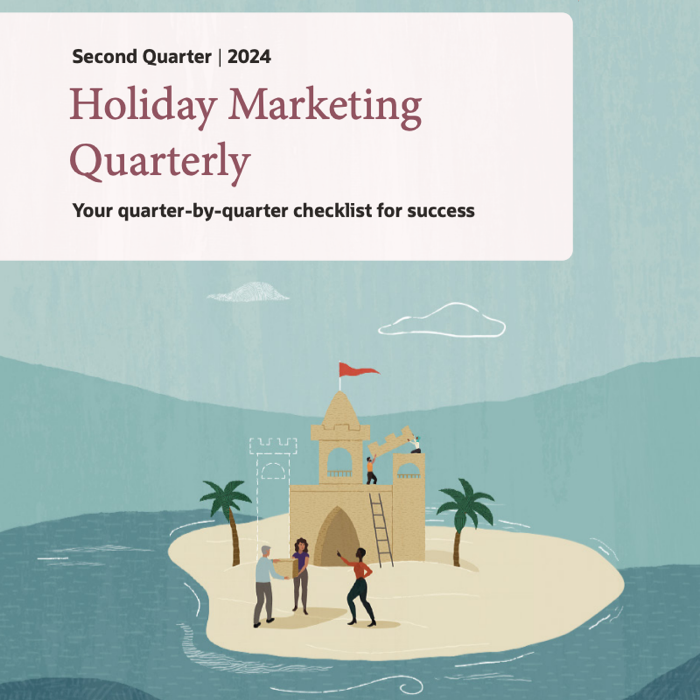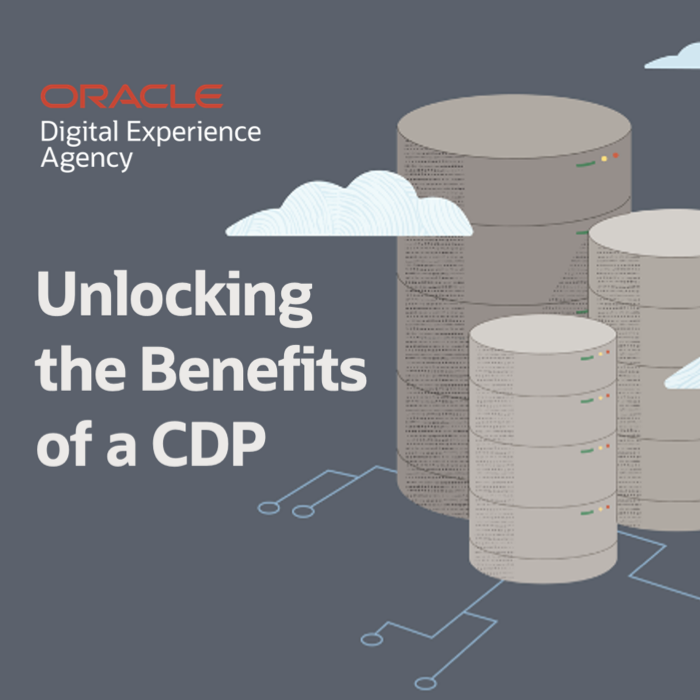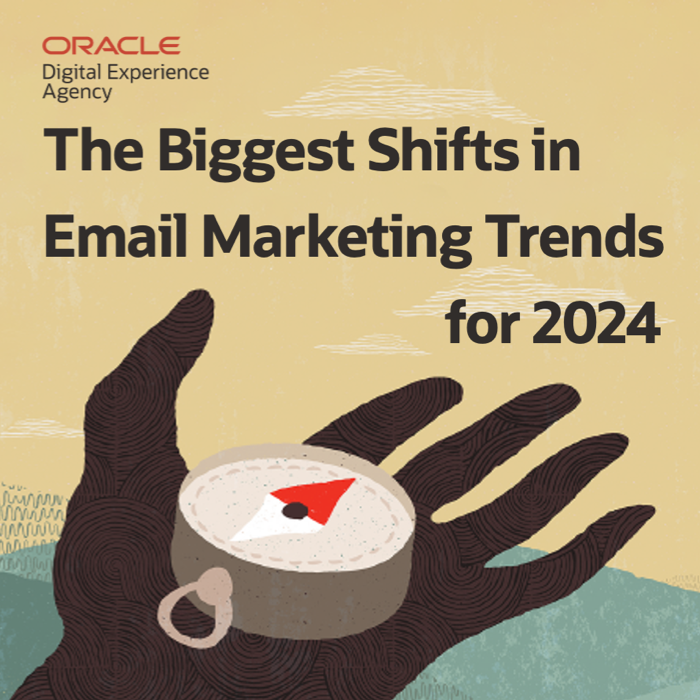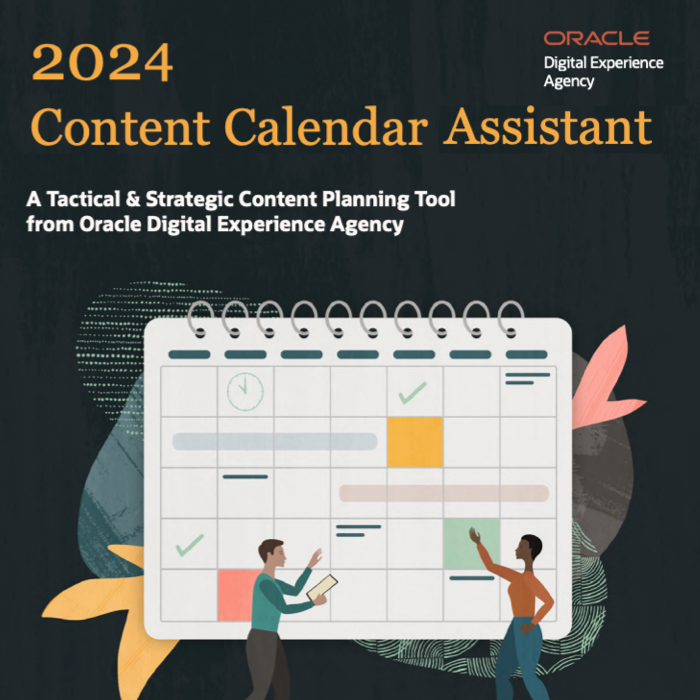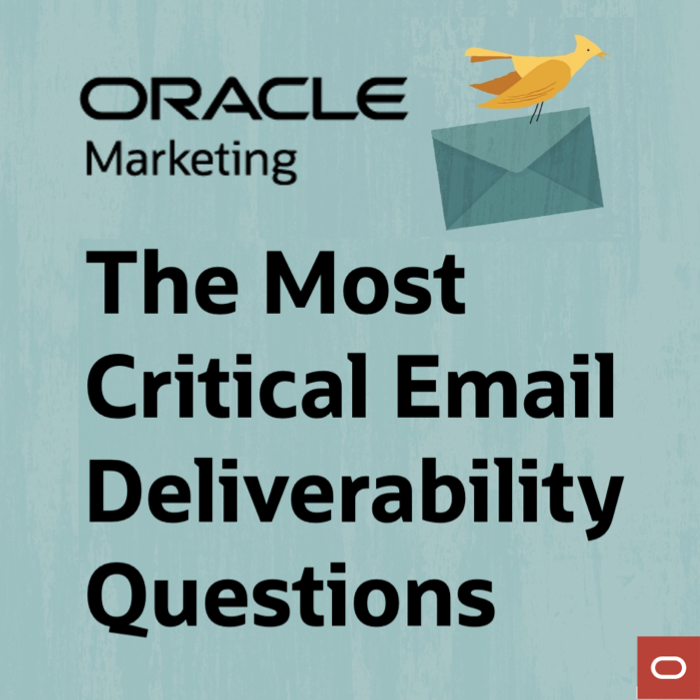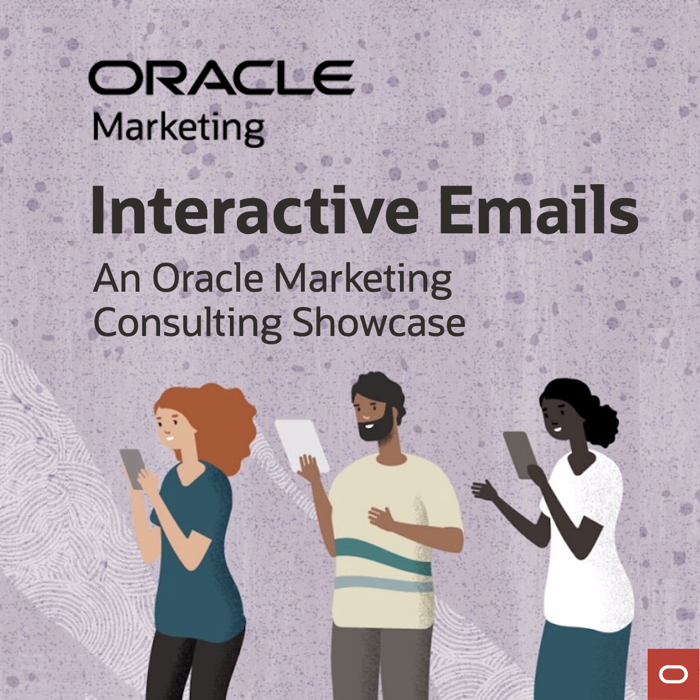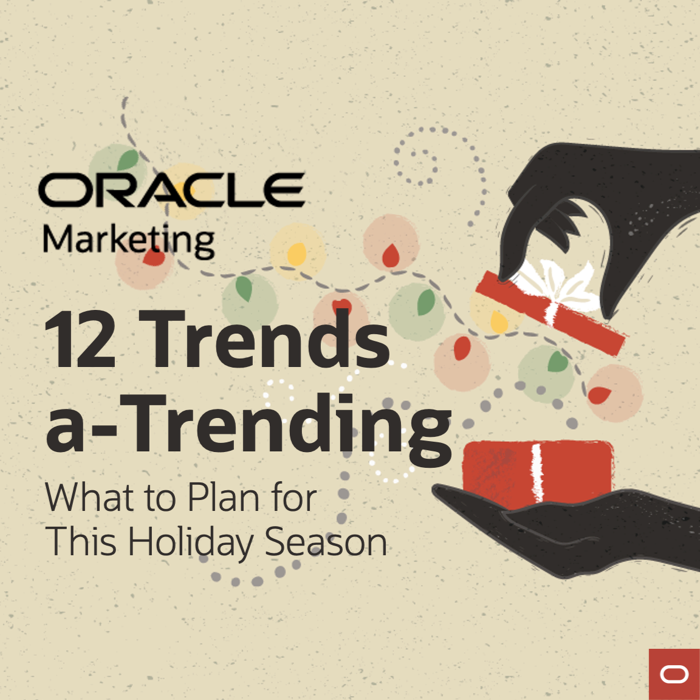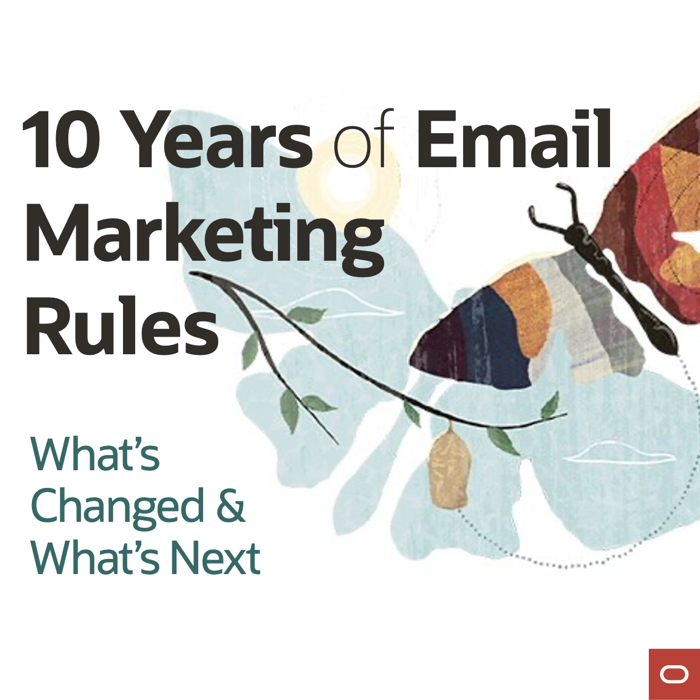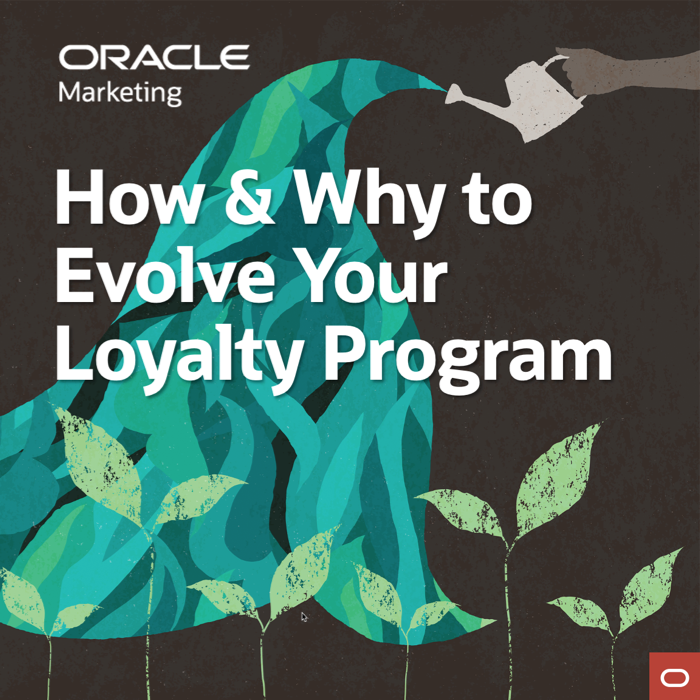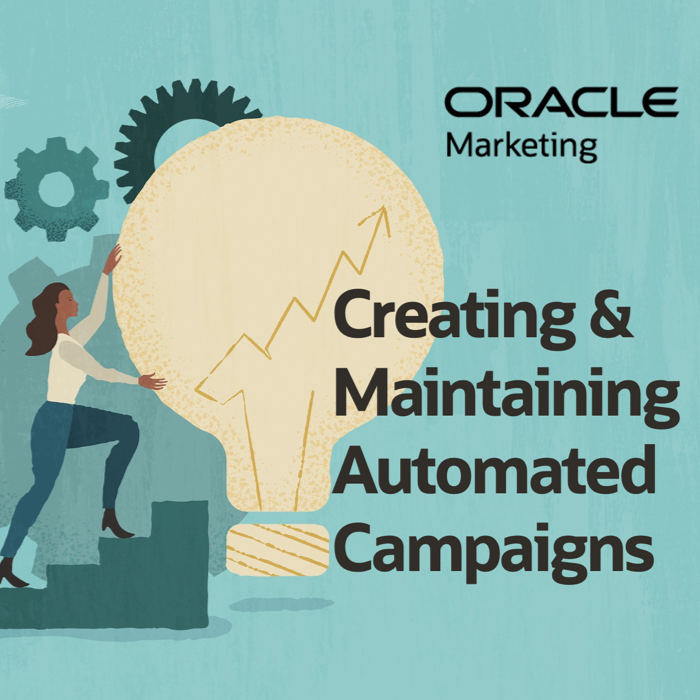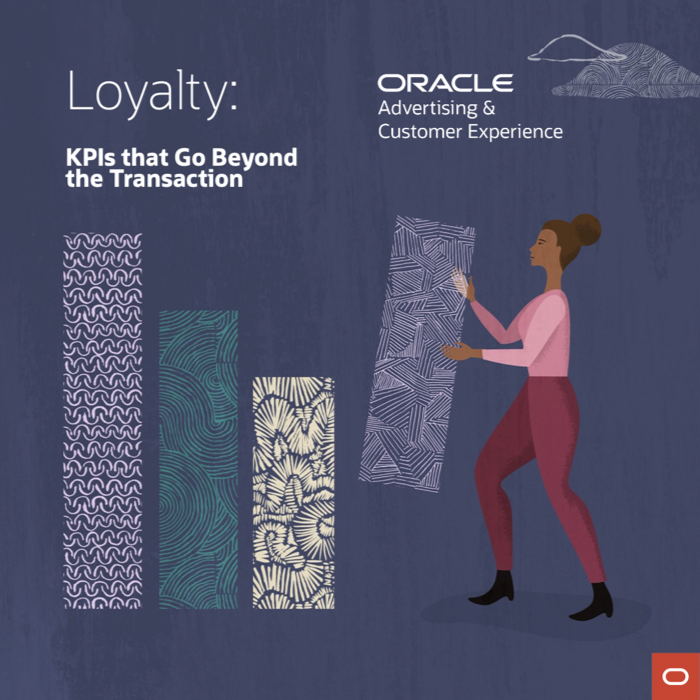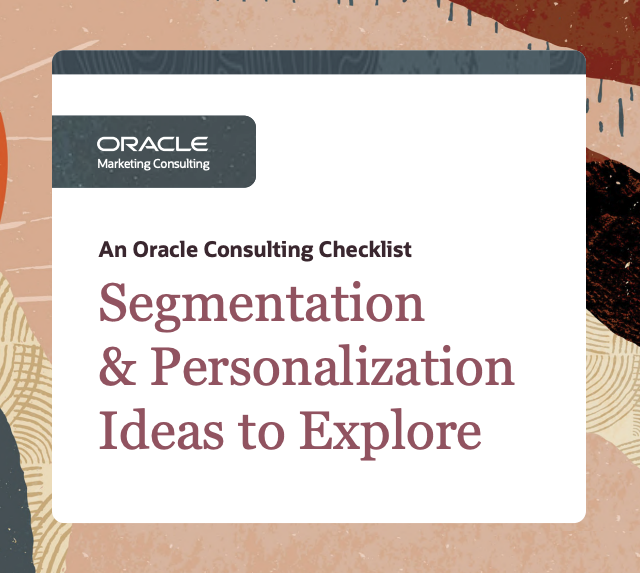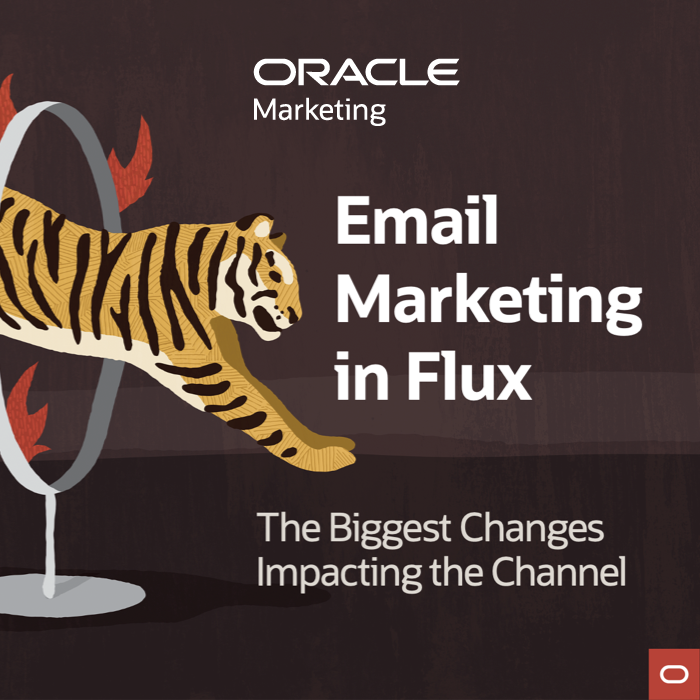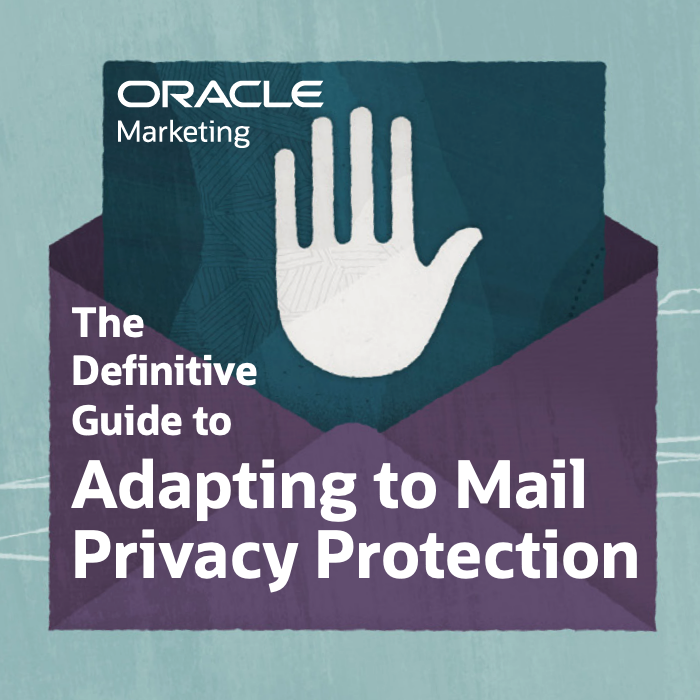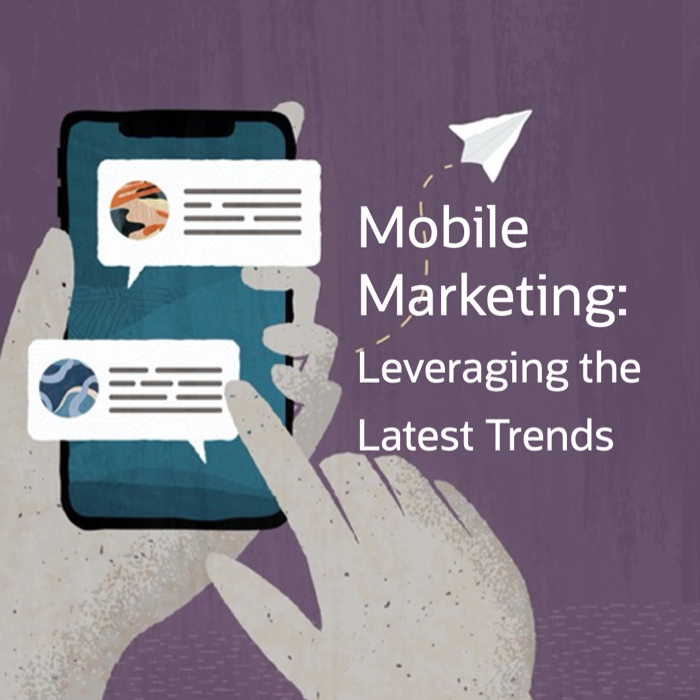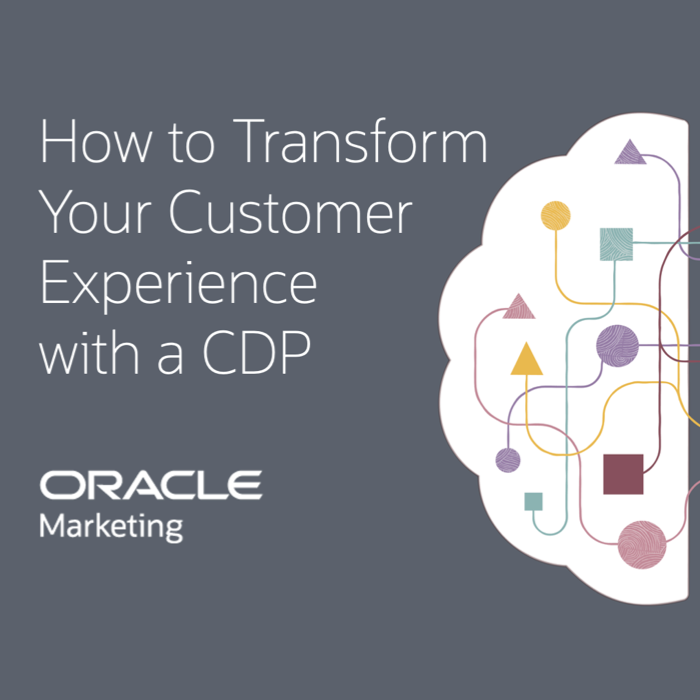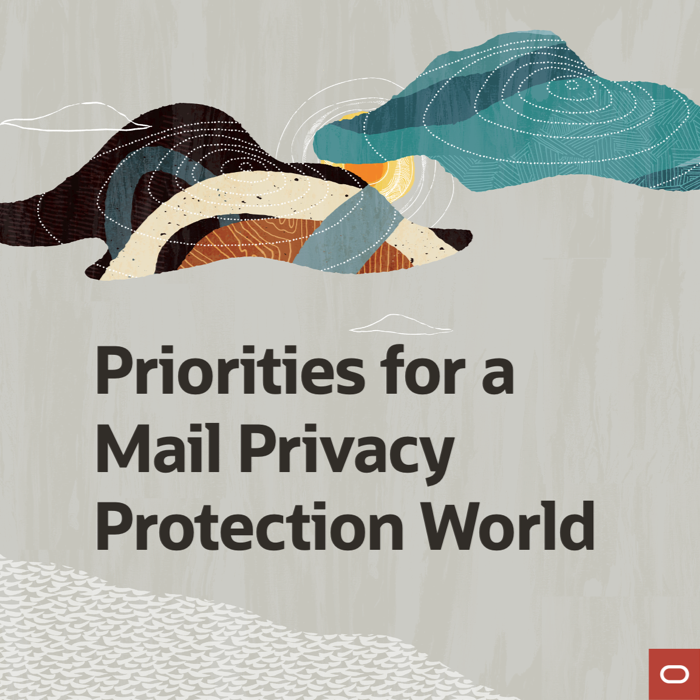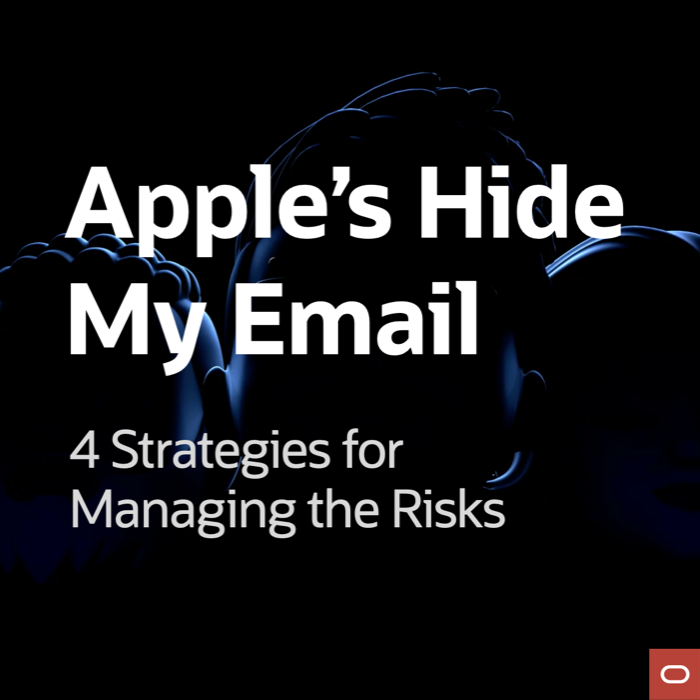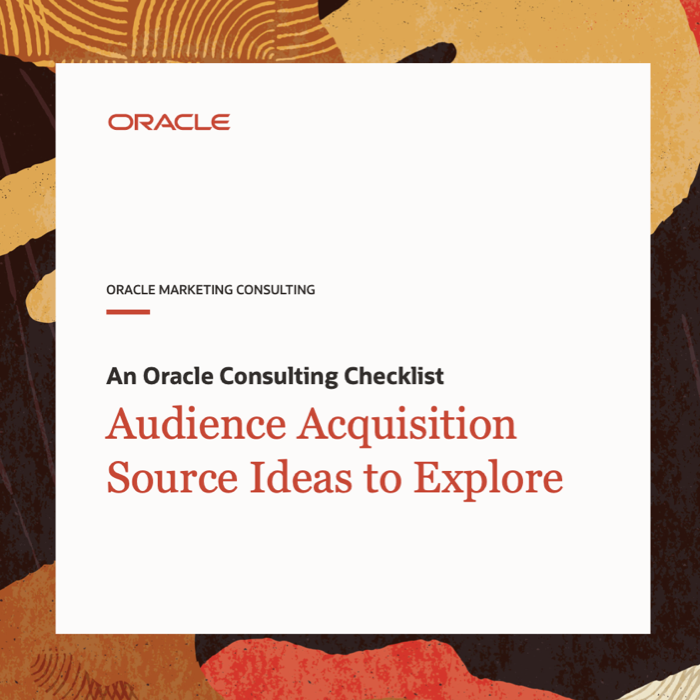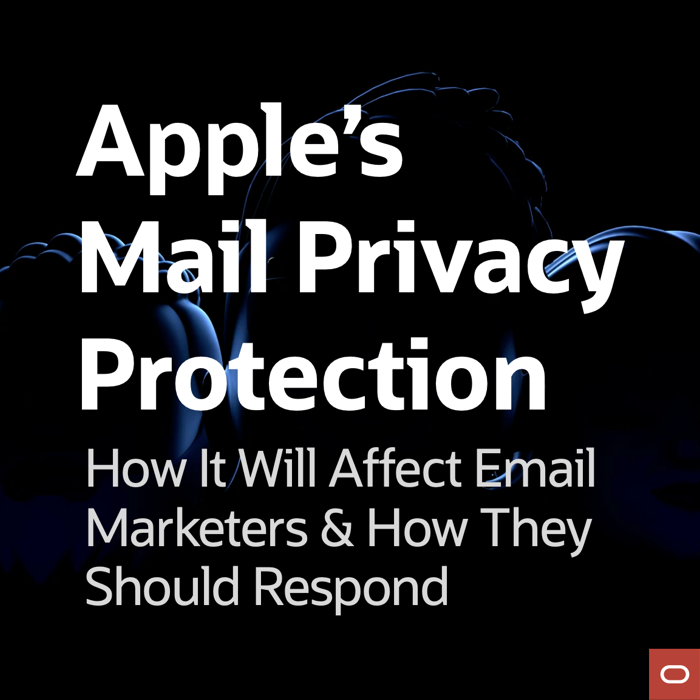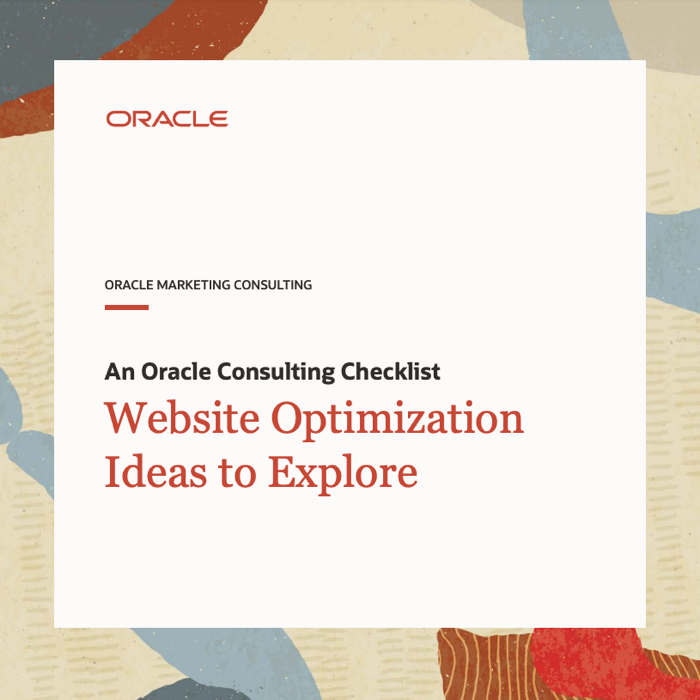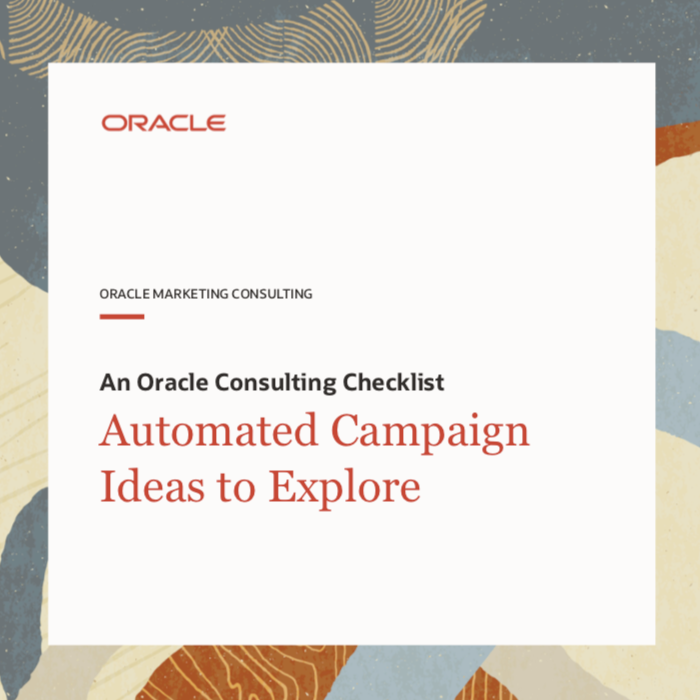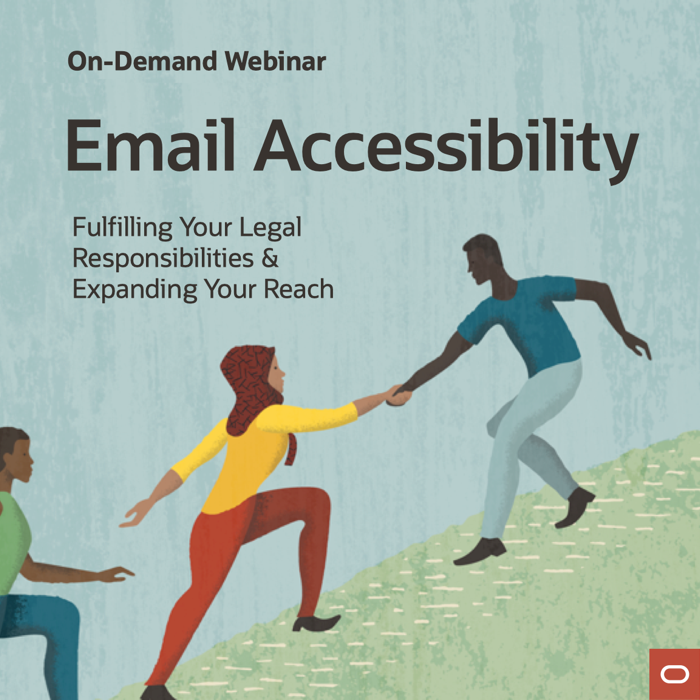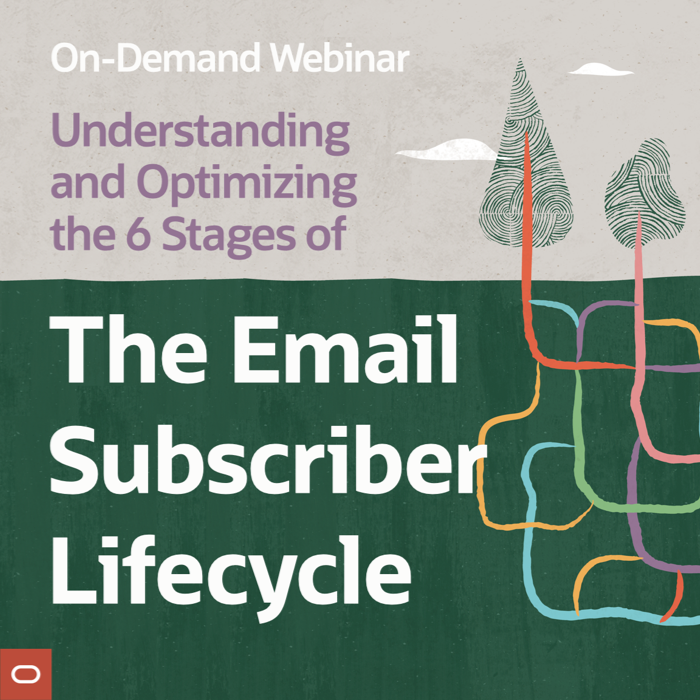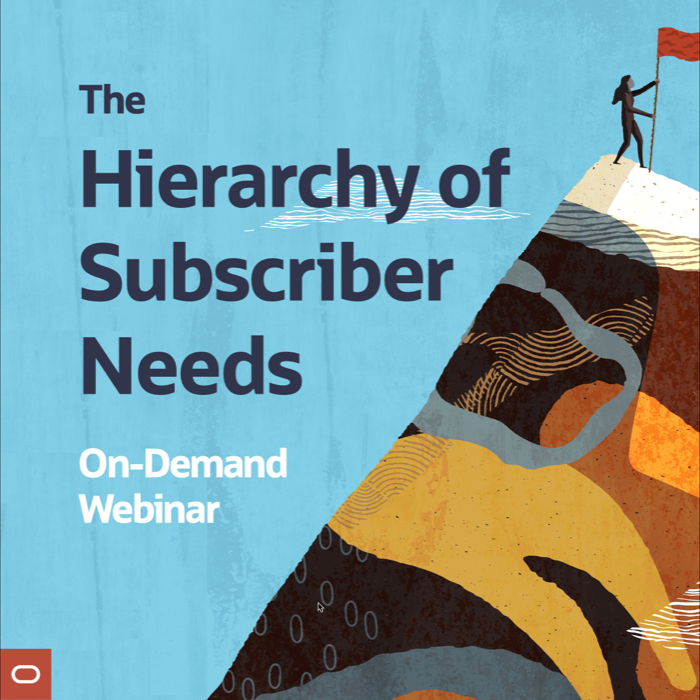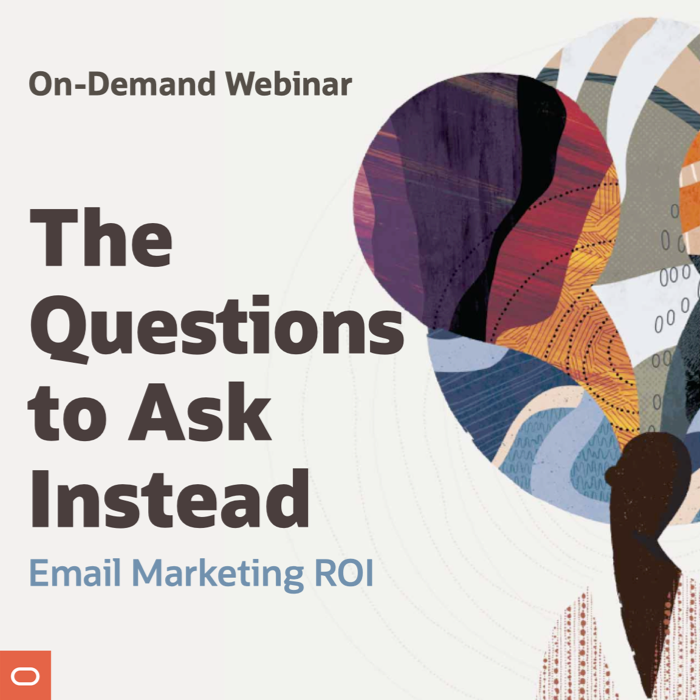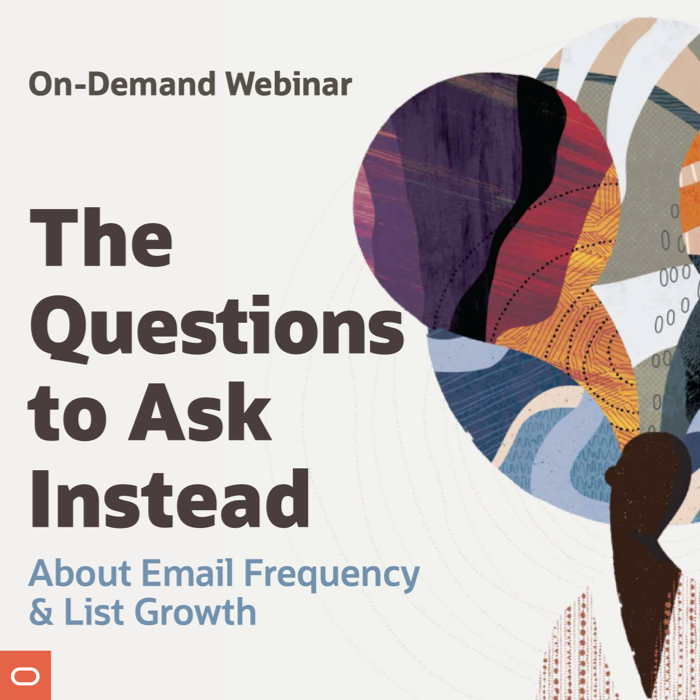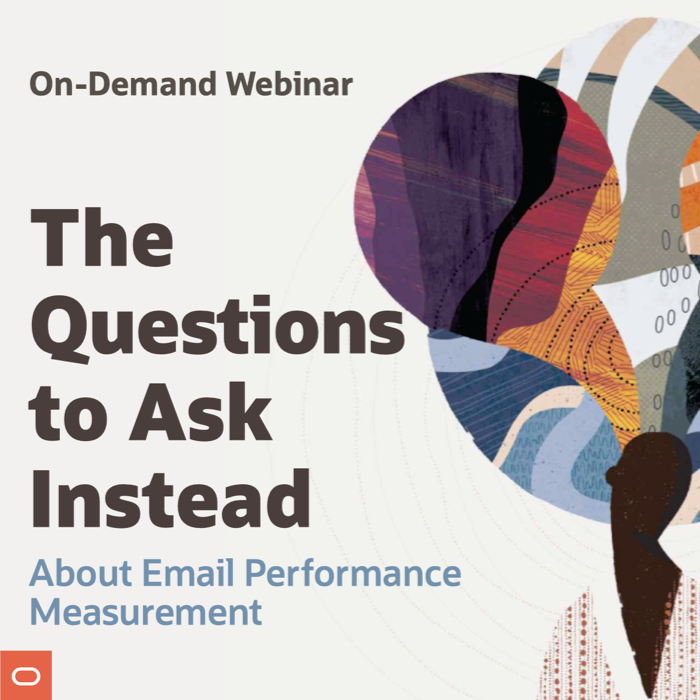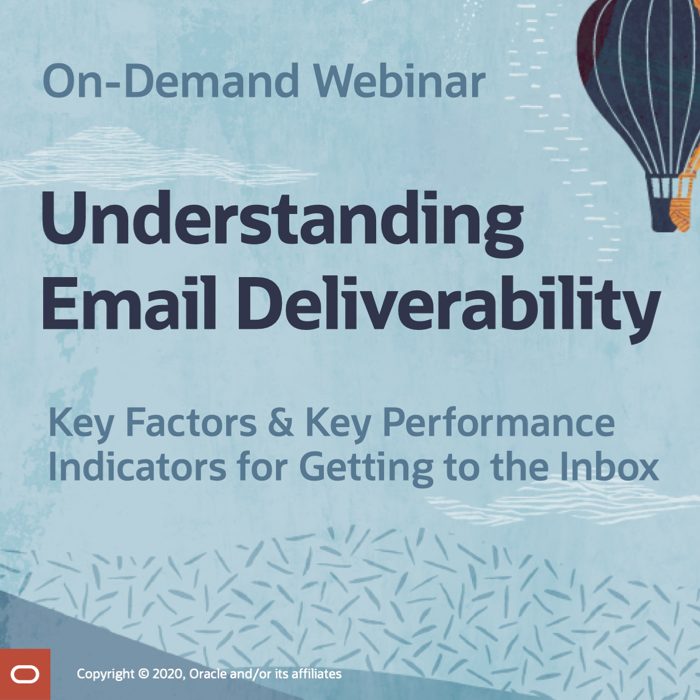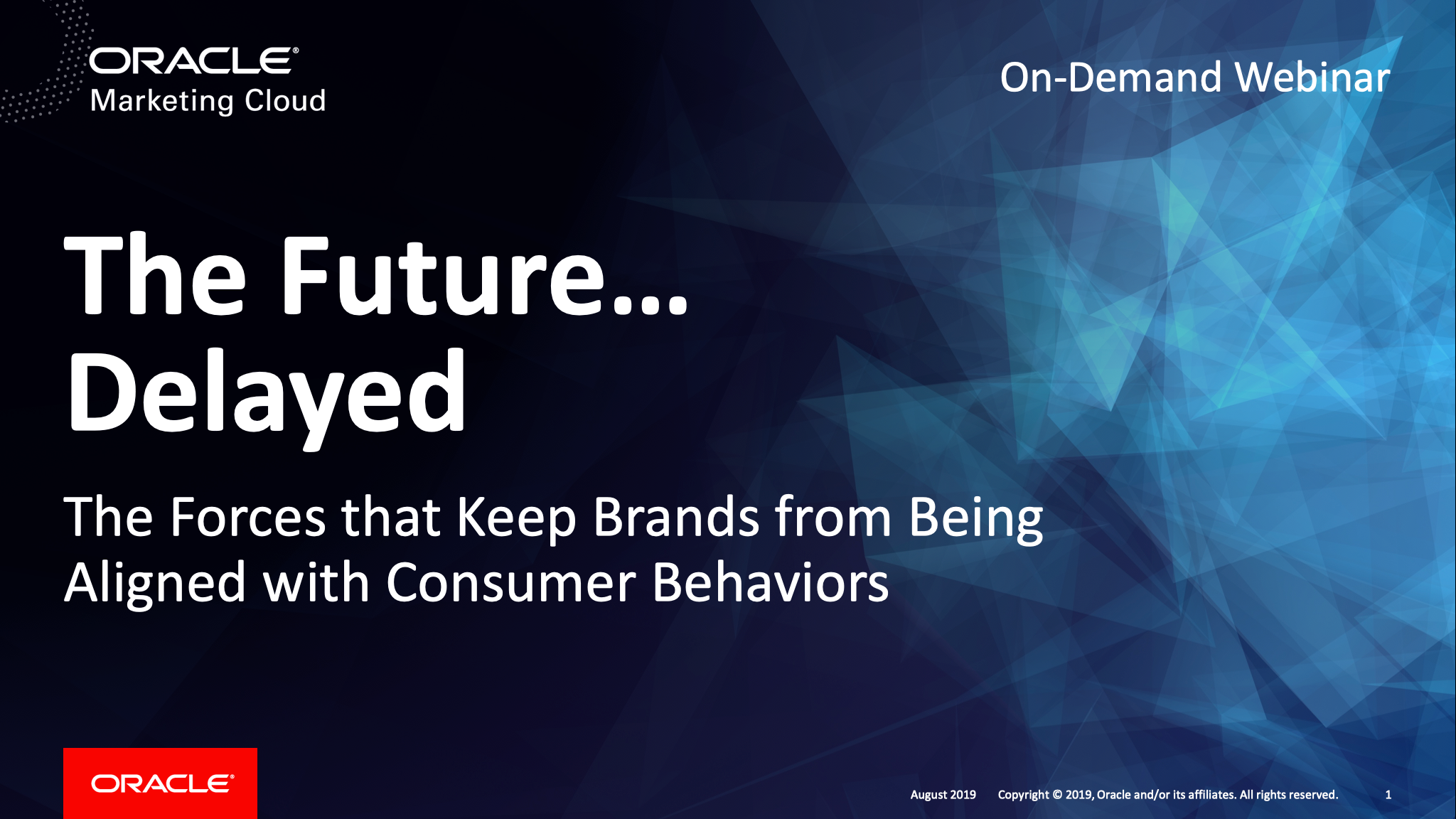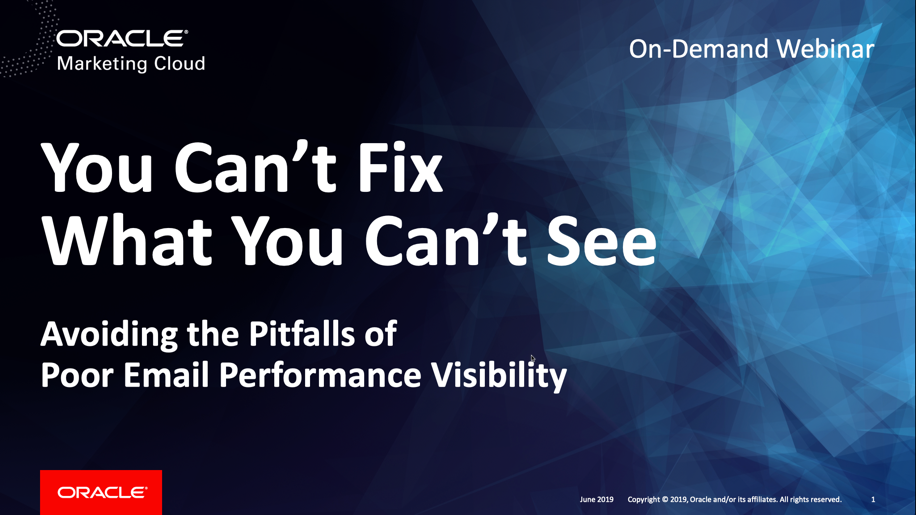Progressive Profiling: Fuel for Long- & Short-Term Personalization

With the phaseout of third-party cookies on the horizon, brands are focusing more on collecting zero-party data. This is information that’s provided directly to brands by consumers. Often, it’s provided in response to progressive profiling efforts—that is, ongoing efforts to build an evolving picture of a customer or prospect over time through forms, surveys, and other methods. Without progressive profiling, you’re reliant forever and solely on the information that was shared at the very beginning of the relationship. That’s inefficient for two reasons.
First, long forms are daunting and a big turnoff to prospects and customers. Every question you add to a form reduces the form’s completion rate, even if some of those questions are optional. Because of that, it’s nearly impossible to get enough information through a single interaction to build an enduring relationship. Brands encounter much less resistance and generate much more success when they ask for a little information at a time, which is central to progressive profiling.
Second, data has a shelf-life. The needs and desires of people and businesses are constantly changing and evolving, so data has to be updated periodically. Indeed, some data has a very short shelf-life before it becomes obsolete. That said, both long- and short-term progressive profiling data are valuable and worth pursuing. Oracle Marketing Consulting’s Peter Briggs looks at the key differences between these two types, and then looks at how to leverage this data.
>> Read the entire post on Oracle’s Modern Marketing Blog
 Email Marketing Rules
Email Marketing Rules



